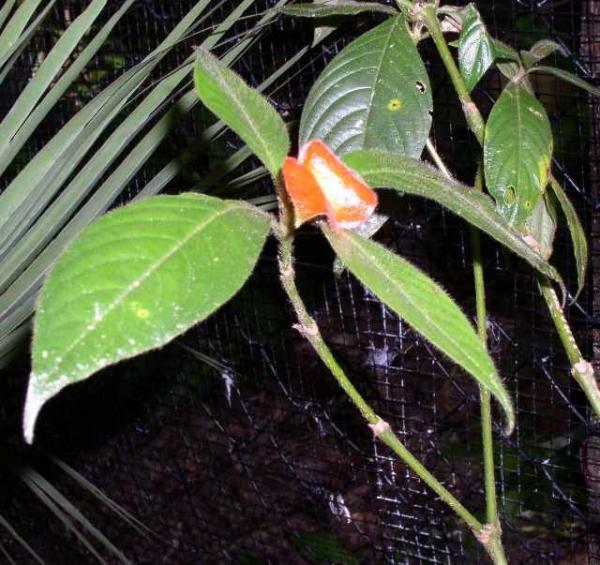
CCNY researchers have discovered evidence that quantum events occur in plants.
City College of New York Distinguished Professor of Science and Engineering Robert R. Alfano and his team at the CUNY Institute for Ultrafast Spectroscopy and Lasers (CUNY IUSL) continue their groundbreaking work in spectroscopy by discovering evidence that quantum events occur in plants.
“It has been theorized that quantum events occur in nature, but it hasn’t been measured until now. These are the first steps in understanding that quantum effects occur in nature and biology,” Alfano said.
His team’s findings, published in the latest issue of the journal “Photochemistry and Photobiology,” offer scientists a glimpse into a very small world.
Using time-resolved fluorescence spectroscopy, Alfano’s team studied the primary events behind photosynthesis. These primary events are what starts photosynthesis and occur on the nanoscale, or one-billionth of a meter.
His team devised a technique using a streak camera to measure the pulse of a laser in a piece of spinach. The laser excites the electrons directly into the chlorophyll pigments in the spinach leaf at 675 nm in nanometer size photounits 1 and 2. According to Alfano, taking measurements of this kind hasn’t been done before.
The experiment showed that the molecules inside the chlorophyll pigments are confined in a defined space, or quantized, and that the electrons are working together in nanometer size photosynthesis units of PS1 and PS2 emitting at 730 nm and 695nm, respectively.
“The confinement of the molecules demonstrates that the primary event of photosynthesis is a quantum mechanical process,” said Alfano.
Measuring the structure of these quantum molecules is key to understanding how other biological processes occur on the nanoscale.
“This is a significant advance in our understanding of the primary events of photosynthesis,” Alfano added.
This research will enable Alfano and his team further study into how the quantum effect occurs in other biological areas, such as in additional plant pigments, in the microtubulars of the brain, and the properties of photons.
The research was partially funded by grants from the United States Amy Research Office Marc Ulrich (ARO) and Daniel Nolan (Corning). Alfano’s team includes Laura Sorillo and Yury Budansky (CUNY IUSL).
About the City College of New York
Since 1847, The City College of New York has provided a high-quality and affordable education to generations of New Yorkers in a wide variety of disciplines. CCNY embraces its position at the forefront of social change. It is ranked #1 by the Harvard-based Opportunity Insights out of 369 selective public colleges in the United States on the overall mobility index. This measure reflects both access and outcomes, representing the likelihood that a student at CCNY can move up two or more income quintiles. In addition, the Center for World University Rankings places CCNY in the top 1.8% of universities worldwide in terms of academic excellence. Labor analytics firm Emsi puts at $1.9 billion CCNY’s annual economic impact on the regional economy (5 boroughs and 5 adjacent counties) and quantifies the “for dollar” return on investment to students, taxpayers and society. At City College, more than 16,000 students pursue undergraduate and graduate degrees in eight schools and divisions, driven by significant funded research, creativity and scholarship. CCNY is as diverse, dynamic and visionary as New York City itself. View CCNY Media Kit.
Laura Baisas/Jay Mwamba
p: 212.650.7580
e:
jmwamba@ccny.cuny.edu